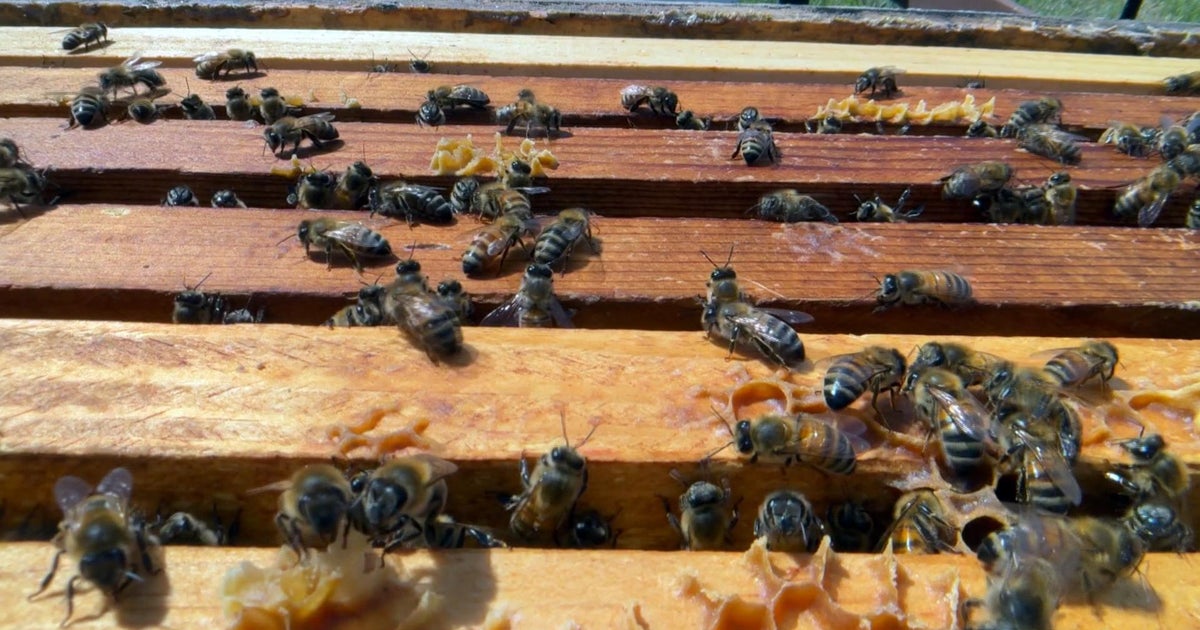Western monarch butterflies are returning to California for the winter — and there are lots more than last year
Western monarch butterflies are being seen in greater numbers after an all-time low of less than 2,000 butterflies counted last year, according to Xerces Society, which works to protect the natural world through the conservation of invertebrates and their habitats.
The butterflies are tracked in coastal California, where they overwinter – or migrate to for the winter months. Last year, less than 300 western monarchs were counted in Pacific Grove, Pismo Beach, and Big Sur. This year, 10,000 have been counted at each site, the society says.
More of these dwindling butterflies were also counted in Santa Cruz, Monterey, Big Sur, Ventura, Los Angeles and elsewhere. As of November 12, at least 50,000 have been counted at overwinter sites, with more sites that have yet to be visited.
The 2020 Western Monarch Thanksgiving Count found just 2,000 of these butterflies. The previous two years saw unprecedented lows of 30,000 butterflies.
The society said monarch butterfly populations are "bouncy," meaning, "they fluctuate from year to year in response to the temperature, rainfall, the availability of food, and other factors." It was unclear what would happen to the population in 2021.
Small populations can be more vulnerable to random fluctuations in the environment such as a bad winter storm, but that also means less competition for resources like food.
Good weather could've helped the western monarch population this year, and although droughts caused by climate change can make the population decline, warmer and drier summers, like this year's, can help them, according to recent studies.
While seeing 50,000 in early reports is a hopeful sign, the uptick is not population recovery or evidence of an upward trajectory, according to Xerces.
"If we were to count 50,000 butterflies this year, that would be about 25% of the count five years ago," Xerces biologists write. "In other words, if this count came in a few years ago, we would be quite concerned with how low these early numbers are."
In the 1980s, millions of monarchs flocked to California for the winter. In the late 1990s to 2017, hundreds of thousands were counted. The low count over the past three years is thought to be the threshold below which the migration may further collapse, according to Western Monarch Count.
Western Monarch Count, which uses citizen scientists and other data to count the butterflies, says current quasi-extinction risk of these monarchs is 72% within 20 years.
This year's annual Western Monarch Thanksgiving Count is still underway. Between November 13 and December 5, volunteers, Xerces Society and Mia Monroe, a count founder and longtime volunteer coordinator, will help with the monarch count. More than 100 community scientists and professional biologists are involved in the count, according to the society.
There is also a New Year's Count, which runs from Saturday, December 25 to Sunday, January 9 – but Western Monarch Count says counts can be conducted anytime during the overwintering season.




